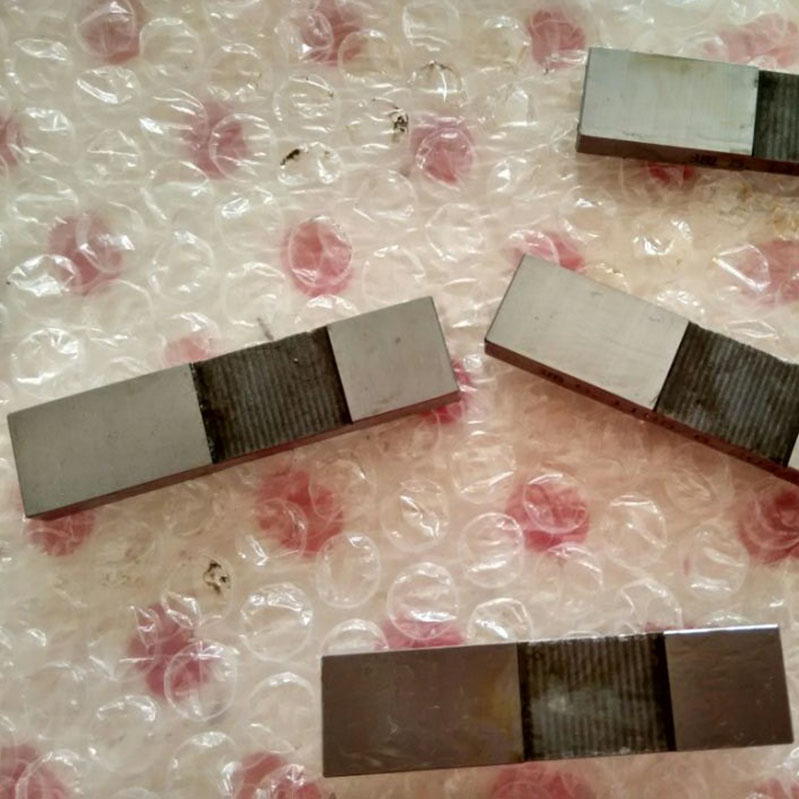نويابىر . 18, 2024 01:53 Back to list
water main check valve
Understanding Water Main Check Valves Importance and Functionality
Water supply systems are the backbone of modern urban infrastructure. One of the critical components of these systems is the water main check valve. This pivotal device plays a foundational role in ensuring the efficient and safe transport of water, particularly in preventing backflow and maintaining pressure within pipelines. Understanding what water main check valves are, their functions, and why they are essential is crucial for both professionals in the field and the general public.
What Is a Water Main Check Valve?
A water main check valve, often simply referred to as a check valve, is a mechanical device used in water supply systems to allow water to flow in one direction while preventing it from flowing backward. This unidirectional flow is essential for maintaining the integrity of water distribution systems, especially in scenarios where pressure fluctuations might occur, and backflow could compromise the system.
Functionality and Types of Check Valves
Water main check valves operate based on pressure differences. When water flows in the intended direction, the valve opens, allowing the fluid to pass through. If there is a drop in pressure or a reversal of flow, the valve closes, creating a barrier that prevents backflow. This functionality is vital for protecting water quality and ensuring that contaminants do not enter the clean water supply.
There are several types of check valves commonly used in water mains, including
1. Swing Check Valves These are the most common type, using a hinged disc that swings open and closed. They are ideal for installations where the flow direction is relatively consistent.
2. Lift Check Valves Featuring a disc that moves vertically within the valve, lift check valves are suitable for systems under high pressure. They offer a tighter seal compared to swing check valves.
3. Ball Check Valves These use a spherical ball to block off flow when backflow occurs. Ball check valves are reliable and are often used in smaller pipelines.
water main check valve

4. Diaphragm Check Valves Utilizing a flexible diaphragm that responds to pressure changes, these valves are excellent for applications where a precise seal is necessary.
Importance of Check Valves
The significance of check valves goes beyond merely directing flow. Their functionality is paramount in several key areas
- Preventing Contamination Backflow can introduce pollutants and contaminants into the potable water supply. Check valves serve as a critical barrier that protects the drinking water from potentially hazardous substances.
- Maintaining System Pressure Within water distribution systems, maintaining consistent pressure is essential for effective flow. Check valves help stabilize pressure, ensuring that water reaches every part of the system efficiently.
- Protecting Equipment Water systems are often complemented by pumps and other equipment that can be damaged by backflow. Check valves provide a safeguard, allowing these systems to operate without the risk of reverse flow damaging sensitive components.
- Reducing Maintenance Costs By preventing backflow and maintaining system integrity, check valves help minimize wear and tear on pipes and machinery, ultimately reducing maintenance expenses for water supply operators.
Conclusion
In summary, water main check valves are indispensable components of modern plumbing and water distribution systems. They ensure that water flows in the desired direction, protect against contamination, maintain system pressure, and preserve the longevity of associated infrastructure. Understanding their functionality and importance can help communities appreciate the efforts put into their water supply systems, ensuring safety and reliability in the water they use every day. As cities continue to grow and evolve, the role of check valves in sustaining our water systems will remain crucial.
-
thread-plug-gauge-our-promise-of-measurement-excellenceNewsAug.22,2025
-
gauge-pin-class-reflecting-quality-legacyNewsAug.22,2025
-
check-valve-types-for-high-rise-buildingsNewsAug.22,2025
-
water-control-valve-for-irrigation-systemsNewsAug.22,2025
-
gate-valve-with-soft-seal-technologyNewsAug.22,2025
-
y-type-strainer-for-oil-and-gas-applicationsNewsAug.22,2025
Related PRODUCTS









